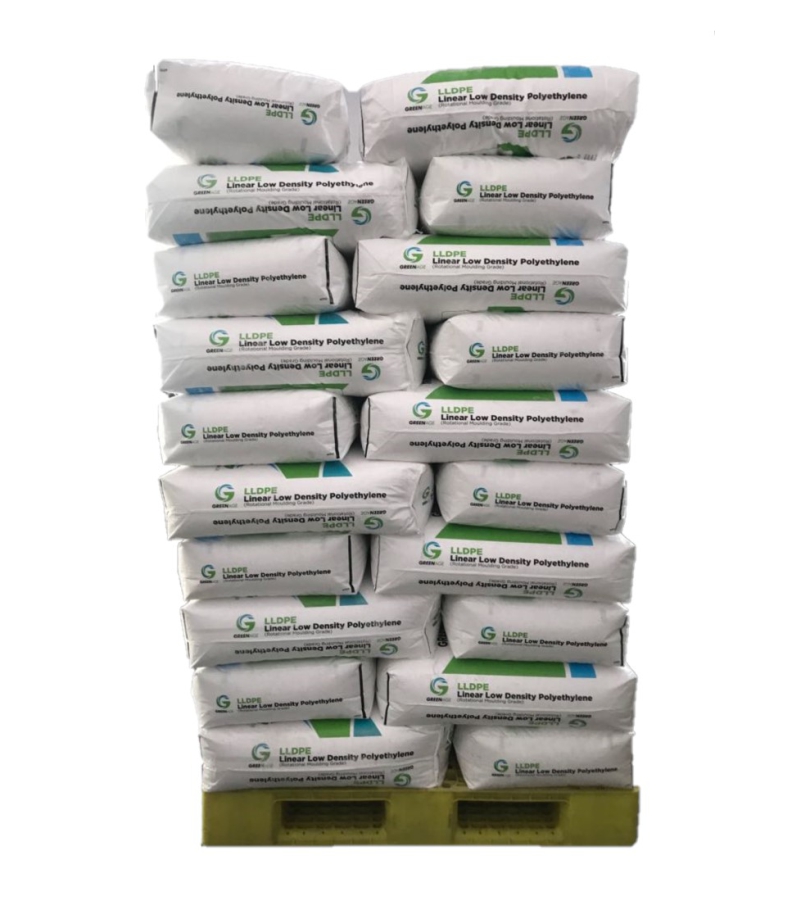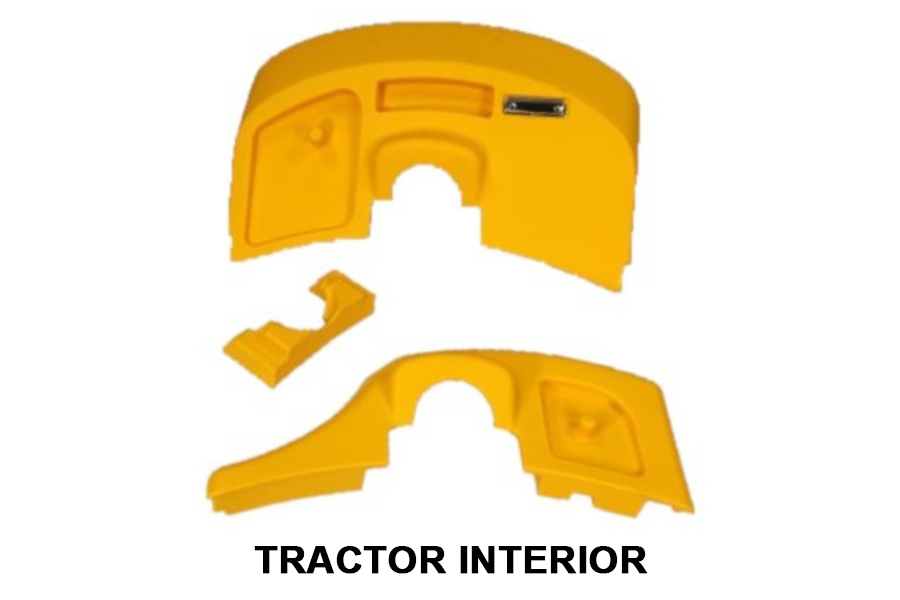HEXENE
TECHNOLOGY APPLICATION
When subjected to stress over a period of time most materials commonly fail by cracking. Polyethylene may also suffer this mode of failure. It is important to understand that different grades of Polyethylene can exhibit vastly different performance with respect to crack resistance. The crack resistance should be a major consideration when selecting a grade of polyethylene for a particular application.
The crack resistance of a specific grade of Linear Low Density Polyethylene is governed largely by the size of its molecules (indicated by its Melt Index) and the type and level of comonomer employed in its manufacture. Comonomers such as butene (C4), hexene (C6) and octene (C8) are reacted into the polymer chain in order to produce small side chains which in turn create a deviation, or change of angle in the molecule chain. The effect of this change of angle is somewhat akin to the effect of a knot in a piece of wood. The Polyethylene becomes more difficult to split. The size and quantity of comonomer molecules introduced in to the polymer chain determine the degree to which the crack resistance is improved. For example, the side chain created by the incorporation of hexene is twice the size of that created by the incorporation of butene. As a result, the chain deviation caused by hexene is significantly greater than that caused by the incorporation of butene and results in the hexene LLDPE exhibiting a crack resistance approximately 10 times better than the butene LLDPE. The incorporation of octene in to the polymer chain creates only a slightly larger deviation than that created by the incorporation of hexene and the change in crack resistance is less significant.
Grades Detail
| Hexene Grades Specifications | Grade Name | |||
| Ge – 3904 | ||||
| Specimen Type | ||||
| Parameter | Standard | UOM | Compression Molded | Rotomolded |
| MFI | ASTM D1238 | gm/10 min | 4 | |
| Density | ASTM D 1505 | gm/cm3 | 0.939 | |
| Recommended PIAT * | In-lab Std Prc * | oC | 200 oC | |
| Tensile Strength at Yield | ASTM D638 | (kg/cm2) (Mpa) (Psi) | (205) (20) (2900) | (200) (19.75) (2865) |
| Tensile Strength at Break | ASTM D638 | (kg/cm2) (Mpa) (Psi) | - | (125) (12.25) (1775) |
| IZOD Impact Strength | ASTM D256 | Kg.cm/cm | 50(Partial Break) | |
| ARM Low Temperature | ARM Standard (3.17mm @ -40 oC/oF) | (J/mm) (ft/lbs) | - | (28) (115) |
| Flexural Modulus At 1% Strain | ASTM D790 | (kg/cm2) (Mpa) (Psi) | (7650) (750) (108775) | (2550) (250) (36260) |
| Elongation at Yield | ASTM D638 | % | 20 | 13 |
| Elongation at Break | ASTM D638 | % | 950 | 250 |
| ESCR | ASTM D1693 | Hrs | 500 | 500 |
REGULATORY INFORMATION
Ge-3904 meets the requirement stipulated in standard IS:10141:2001 on “Specificationfor Polyethylene for safe use in contact with foodstuff, pharmaceuticals & Drinking Water”. It also conformsto IS 12701:1996 –“Specification For Rotational Moulded Polyethylene Water Storage Tanks.”.
CUSTOM GRADES
Different rotomoulding applications can require different grades of material for specific performance requirements. We produce customize gradesby compounding different materials, additives and by altering the grinding specifications as required.
STORAGE CONDITIONS
Powders are packed in specialized bag on fully automatic packing lines in 20 kg packing. The bag design is customized to ensure logistic convenience while handling. When filled it takes shape of box that ensures easy handling while loading and unloading on stacks/pallets. Being packed on automised packing lines ensures exact weight, leakage proof along with excellent moisture resistance. The bags are marked with powder batch details on 2 sides which ensures no matter how it is stacked, it is easy for operators to identify the material. Bags should be stored in dry/closed conditions at temperature below 50 ℃.
















